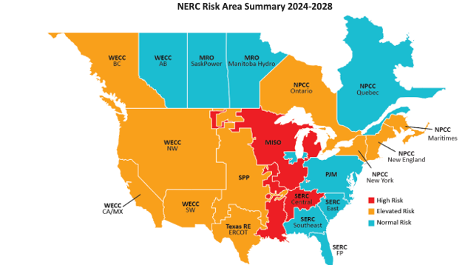The Washington Post recently asked a few of its opinion columnists to address some of the biggest questions they will cover in 2024. Among them, “Will we turn away from fossil fuels in time,” the subject of a Jan. 2 opinion piece. Unfortunately, the answer the author provided to her own question ignored the glaring and serious warnings that the premature retirement of fossil-fueled power plants is jeopardizing the electricity supply in many regions of the country. For example, the North American Reliability Corporation (NERC), an independent organization responsible for assessing the reliability of the U.S. electricity grid, has been issuing clear warnings about the retirement of power plants for at least the past four years. In fact, NERC’s assessment issued only three weeks ago designated more than three quarters of the country as being at risk of electricity shortfalls in the next ten years largely due to the retirement of coal and other dispatchable electricity resources.

On the other hand, the opinion piece correctly laid out some of the obstacles to re-engineering the nation’s electricity system. Overcoming these obstacles will take years, if not decades; billions of additional dollars despite current federal subsidies; and broad public support.
The transition from dependable fossil fuel-generated electricity to intermittent wind and solar may be a question of when and not if. Ironically, the transition to wind and solar power cannot happen without fossil fuels which are needed when the wind is not blowing, or the sun is not shining. Policymakers must be careful to avoid decisions that trigger rolling blackouts and brownouts caused by a rush to meet unrealistic and arbitrary deadlines.
